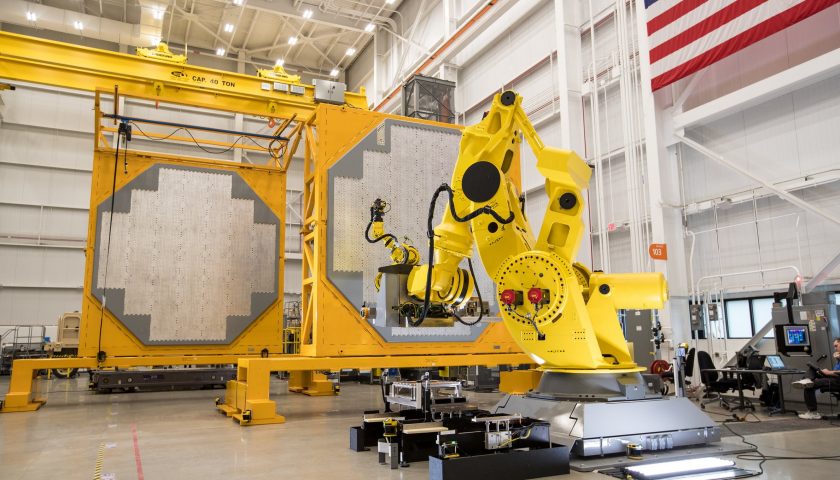Like the Ticonderoga cruisers and a number of destroyers and anti-aircraft frigates in service with the allied navies of the United States, American Arleigh Burke-class destroyers, which today form the backbone of the US surface fleet with 69 ships in service, are equipped with the famous SPY-1 radar, the very one that is at the heart of the AEGIS anti-aircraft and anti-missile system. But this radar, which entered service in the 70s, begins to bear the brunt of the years despite many evolutions, which is why the future destroyers of the US Navy currently under construction, the Arleigh Burke Flight III, will be equipped with the SPY-6 radar, based on new technologies that are much more efficient, and in particular AESA electronic antennas, and not PESA like the SPY-1.
However, the performance of the new SPY-6 is so much better than that of the SPY-1 that the US Navy turned to its designer, Raytheon, to prepare its installation aboard the Burke Flight IIA destroyers, the most numerous currently in service with nearly fifty active units, so as to provide the US surface fleet with consistent performance in terms of engagement but also cooperation. The oldest destroyers of the Flight I standard, on the other hand, to be withdrawn from service in the coming years, and their modernization would therefore have no interest. The SPY-6 notably allows the simultaneous tracking and engagement of ballistic and aerodynamic targets, and offers significantly better detection, target tracking and jamming resistance performance than the SPY-1. In addition, this radar will equip both Arleigh Burke class destroyers and Constellation class frigates, therefore the main part of the American combatant surface fleet, making it possible to simplify the training of operators and the maintenance of systems.


75% of this article remains to read,
Subscribe to access it!
The Classic subscriptions provide access to
articles in their full version, and without advertising,
from 6,90 €.
Newsletter subscription
Register for the Meta-Defense Newsletter to receive the
latest fashion articles daily or weekly


Comments are closed.